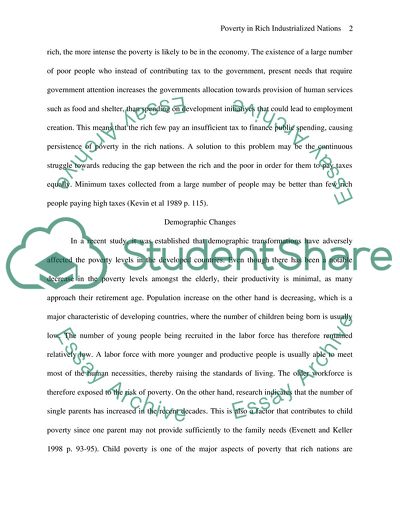Cite this document
(Poverty in Rich Industrialized Nations Coursework, n.d.)
Poverty in Rich Industrialized Nations Coursework. https://studentshare.org/macro-microeconomics/1722907-critically-assess-the-causes-and-consequences-of-the-persistence-of-poverty-in-rich-industrialised-nations-and-evaluate-the-various-explanations-which-sociologists-have-given-for-this-phenomenon
Poverty in Rich Industrialized Nations Coursework. https://studentshare.org/macro-microeconomics/1722907-critically-assess-the-causes-and-consequences-of-the-persistence-of-poverty-in-rich-industrialised-nations-and-evaluate-the-various-explanations-which-sociologists-have-given-for-this-phenomenon
(Poverty in Rich Industrialized Nations Coursework)
Poverty in Rich Industrialized Nations Coursework. https://studentshare.org/macro-microeconomics/1722907-critically-assess-the-causes-and-consequences-of-the-persistence-of-poverty-in-rich-industrialised-nations-and-evaluate-the-various-explanations-which-sociologists-have-given-for-this-phenomenon.
Poverty in Rich Industrialized Nations Coursework. https://studentshare.org/macro-microeconomics/1722907-critically-assess-the-causes-and-consequences-of-the-persistence-of-poverty-in-rich-industrialised-nations-and-evaluate-the-various-explanations-which-sociologists-have-given-for-this-phenomenon.
“Poverty in Rich Industrialized Nations Coursework”. https://studentshare.org/macro-microeconomics/1722907-critically-assess-the-causes-and-consequences-of-the-persistence-of-poverty-in-rich-industrialised-nations-and-evaluate-the-various-explanations-which-sociologists-have-given-for-this-phenomenon.


